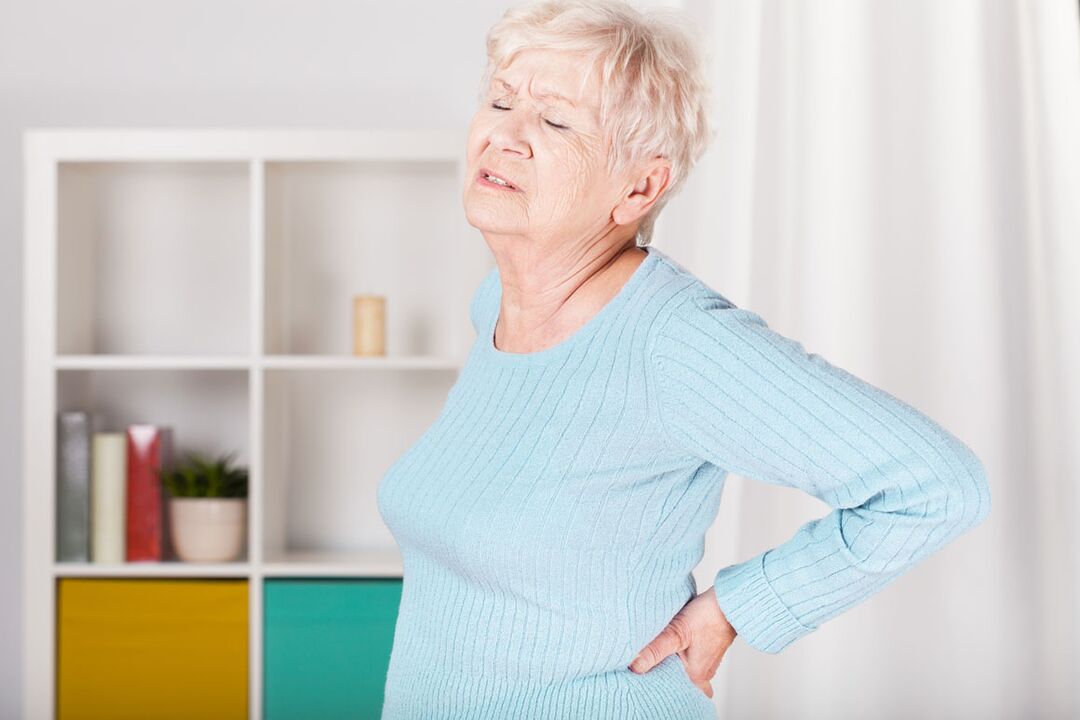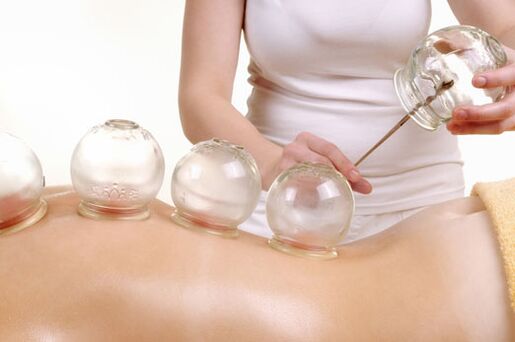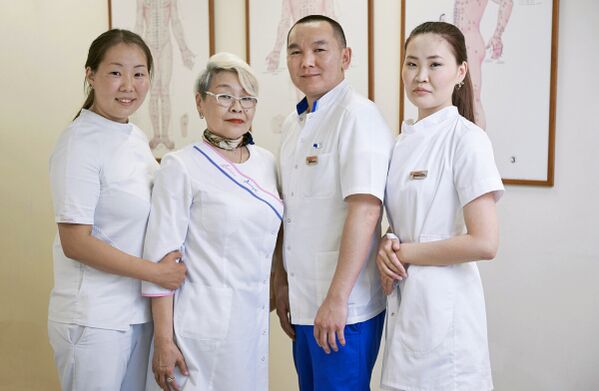Each of us experienced back pain at least once - from mild malaise to unbearable thoracolumbaralgia (pain in the lower back, in the chest area). Disruptive discomfort in the lower back from time to time can be one of the manifestations of a wide range of diseases.

The most common cause of pain is osteochondrosis of the spine, which occurs in most people after 35-40 years. However, he does not explain the severity and duration of pain. To understand the nature of disorders, it is necessary to understand in detail the problem and its origin.
Causes
There are many answers to the question why the back hurts. The main mechanisms of pain syndrome remain dystrophic and degenerative changes in the intervertebral discs. As a result, subluxation of the joints and compression of nerve endings in the spine increase the symptoms.
Let's look at the different causes of low back pain:
- Primary diseases of the spine: intervertebral hernia, osteochondrosis, spondylosis, kyphosis, scoliosis, arthritis.
- Injuries, bruises, fractures, tumors. They are called secondary causes of pain syndrome.
- Cardiovascular disease.
- nephrological: sand or kidney stones.
- In women, pain can also occur with gynecological problems and even during menstruation.
Triggers for pain syndrome:
- sedentary lifestyle, sedentary work. This item includes a long stay behind the wheel of a car or computer screen;
- overweight, obesity;
- pregnancy includes a combination of weakened back muscles and weight gain;
- excessive physical activity (in everyday life or in the gym)
- body hypothermia.
Possible diseases
The nature of the pain depends directly on the disease that caused the symptom. In primary pathology (arthritis, intervertebral hernia), the lower back hurts monotonously: the pain increases or decreases with a change in body position. It is accompanied by a feeling of goosebumps, burning, alternating numbness in the lower extremities. Dull pain observed with lumbosacral radiculitis is felt by the patient not only in the back but also in the buttocks, legs and thighs.
Diseases of internal organs (angina pectoris, pyelonephritis)are characterized by a more pronounced and prolonged pain that persists after rest or a change in body position. So with gynecological problems, the abdomen is further concerned, and with cardiovascular pathologies, shortness of breath and lack of air are noted.
Important! Specific pain in the lumbar region in combination with high fever can be manifestations of emergencies - kidney or gallstone colic, unstable angina pectoris.
Exacerbated osteochondrosisis manifested by sharp, shooting pain - lumbago ("lumbago") radiating to the leg, pelvis during coughing or rapid movements. Herniated discs have characteristic features:
- slope is impossible without first squat;
- difficult to lift without support (chair, knee);
- In the supine position, the patient is forced to place a pillow.
Inflammatory processes (myositis, radiculitis)continue with pain and inability to perform elementary actions, as the simplest movements are limited by pain syndrome.
Fractures and displacementsare accompanied by intense, growing pain, swelling of the damaged area. The skin over the painful surface changes color to blue or red (depending on the nature of the injury).
Getting rid of low back pain
Excessive physical activity or prolonged exposure to a pull in the near future will result in back discomfort. Let’s take a closer look at simple and quick help for familiar, irritating pain.
If the pain syndrome manifests itself after hypothermia or inflammation of the roots of the spinal cord (sciatica), a hot shower will help. Any physical activity is contraindicated after bathing procedures. Painkillers provide warming, decongestant and anti-inflammatory effects.
Pain in osteochondrosis can be reduced thanks to anti-inflammatory ointments and gels as well as special exercises to relieve the intervertebral discs and the musculoskeletal system.
Bruising or sprains cause increased swelling. A dry cold compress (ice from the freezer wrapped in a cloth) helps reduce or prevent it. Apply every few hours for two days on the painful focus for half an hour.
It is worth remembering that only a specialist can correctly diagnose the cause of pain and develop a treatment program. Therefore, we recommend that if you experience alarming symptoms, sign up for a consultation at our clinic.
Treatment and prevention of back pain
Western medicine is represented by three main therapeutic areas:

- medicated;
- non-drug;
- surgical.
Drug treatment involves taking pills and external application of ointments, gels, stains. The main groups of substances:
- non-steroidal anti-inflammatory drugs - NSAIDs (relieves pain, inflammation);
- heparin ointment (relieves swelling, improves venous outflow)
- papaverine ointments (relieves pain, relieves pain spasms, dilates blood vessels);
- chondroprotectors (restores cartilage tissue);
- muscle relaxants (eliminates muscle tension).
A course of treatment is prescribed to prevent chronic conditions. The course of treatment for low back pain almost always includes injections of B vitamins. They improve metabolic processes and recovery of nerve fibers, stabilize the work of the central and peripheral nervous system and restore impulse transmission. Analgesics are added to the composition of the drug to enhance the therapeutic effect. Vitamins are combined with NSAIDs.
In acute conditions, physicians perform therapeutic blockades. Most often they are used for diseases of the spine and joints. The doctor injects both anti-inflammatory drugs and the adrenal glands. Prednisolone or dexamethasone (the group's main representatives) numbs the affected area, relieves swelling.
Non-drug therapy involves physiotherapy - massage, cold treatment (cryotherapy), heating of the affected areas. Physiotherapy is usually prescribed under subacute conditions or in remission.
Surgical treatment. Surgical intervention is used in extreme cases - for malignant tumors, destruction of the spinal cord, compression fractures. Surgical treatment of herniated discs causes professional controversy: the positive effect of surgery often does not justify itself, and the risk of complications is too high.
Preventive measures:- Do morning exercises, be sure to include exercises to stretch the muscles in the lower back.
- Proper nutrition. Fried, salty, starchy foods, alcohol should be excluded - anything that contributes to the development of gastrointestinal diseases. It is necessary to add fiber, vitamins to the diet, cook meat and fish steamed or in the oven. To improve blood circulation and the production of interarticular fluid, it is recommended to drink up to 1, 5 liters of water (in the absence of contraindications).
- Monitor your posture.
- Walk or exercise regularly in case of sedentary work.
- It is recommended to sleep on orthopedic pillows and mattresses.
Treatment at the Tibetan Medical Clinic
Tibetan traditional medicine regards lumbodynia as a violation of the three constitutions. Indignant dosha Bile spasms the muscles of the back. Tense mucus leads to endocrinological problems, metabolic disorders. A surplus of the constitution Wind (responsible for the nervous system) worsens the disharmony in the other two constitutions.

Eastern doctors help not only eliminate symptoms, but also understand the cause of the disease and manage it.
At the clinic you will not be offered to "clog" the problem with pills, hormones and injections. After diagnosis of the disease using ancient oriental techniques, the patient receives an individual treatment plan. Basic test of treatments used by Tibetan doctors:
- Correction of nutrition and restoration of mental comfort, emotional background.
- Herbal Medicine. Herbal remedies and herbal remedies will deal with the problem from within. Multicomponent Tibetan preparations restore the balance between the three constitutions "Wind", "Slime", "Bile". Unique collections not only stop the symptom, but also have a healing effect on the whole body as a whole.
- Acupuncture. The effect of needles on bioactive points relieves vascular and muscle spasms, increases blood flow to the damaged areas of the back.
- Acupressure massage. The specialist presses his fingers on the tips of the energy meridians and works with chronic diseases of the internal organs.
- Cupping massage (vacuum) improves the microcirculation not only of painful areas but of the whole organism.
- Tsubotherapy is one of the acupuncture options using metal balls. Small beads are applied with plaster on bioactive points for up to 2 weeks.
- Hirudotherapy - cleansing a slag body with leeches, normalizing the body's metabolic processes.
The effectiveness of Tibetan methods of treating musculoskeletal disorders has been proven and confirmed by our patients.

















































